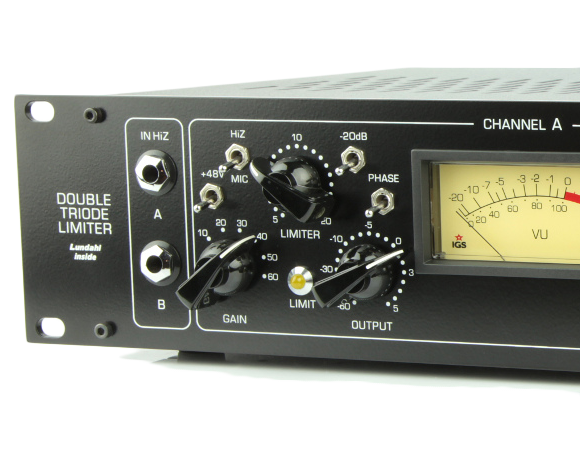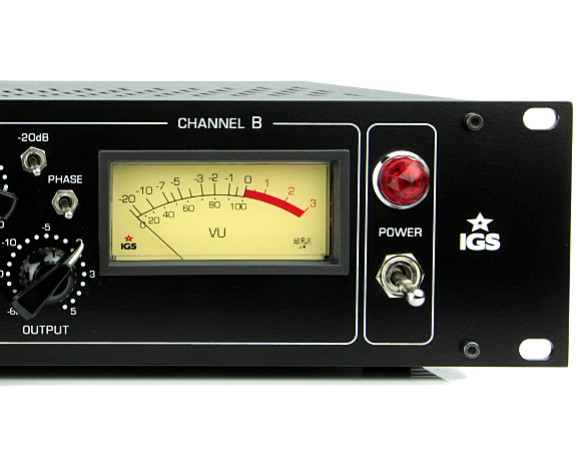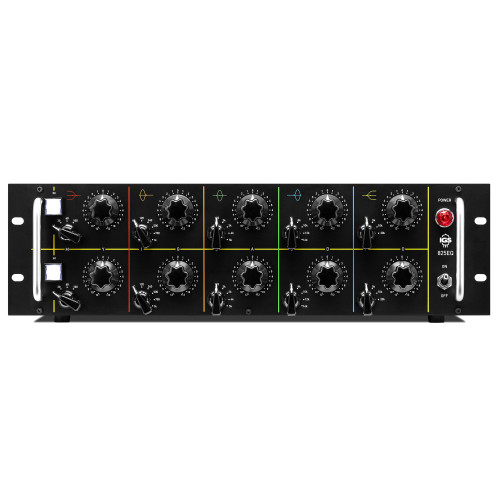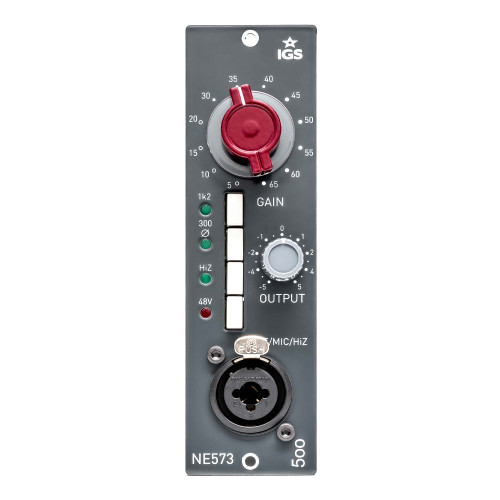The Double Triode Limiter (DTL) is more than classic tube triode microphone preamp. The old-fashioned design was upgraded with a musical opto-limiter. The limiter is based on circuit used in 60’s and 70’s.
Tube amplification in your hand.
The Preamp.
The DTL is a tube microphone preamp adapted to work with any type of microphone. A wide range of amplification makes it possible to record drums as well as the quietest ribbon microphone. DTL does a great job of recording tracks from external devices such as synthesizers or drums machines (like Akai MPC). Great results are achieved with reamping tracks from DAWs. The DTL adds a nice tube saturation to the sound. The high impendance inputs (HiZ) allow for connecting an electric or bass guitar directly into the grid of the first step of tube amplification (Typical HiZ solution).

Legendary opto-compression as well.

The Limiter
Additional device capabilities are activated by the Limiter section. This can be used to limit peak levels of the input signal. The component in charge of compression is an IGS Audio custom designed photocell. When the limiter is working it is indicated by a LED labeled “Limit” on the front panel. The limiter controls the louder parts of the signal and prevents from the digital clipping at the inputs of you ADC. Another trick could be using the DTL as a drum compressor or mix buss compressor. It can improve the overall dynamics of the mix and give it a brighter sound. This is a very versatile device for audio processing.
Full of features.
The audio path of the preamp is a two-stage tube amplifier with an individual drive on both steps. The saturation at the first step depends on the input signal level (with possibility to use Pad -20dB). The saturation of the second step is dependent on the Output regulator. Inputs and outputs are balanced with Carnhill (UK) and Edcor (USA) transformers. The anode voltage is set close to 300V DC. For each of the channels Output and Limiter threshold can be regulated smoothly. The featured switches are: GAIN, +48V, Mic/HiZ, Phase, Pad -20dB. Hi-Z inputs are located on the front panel. The meters show the output signal level.












